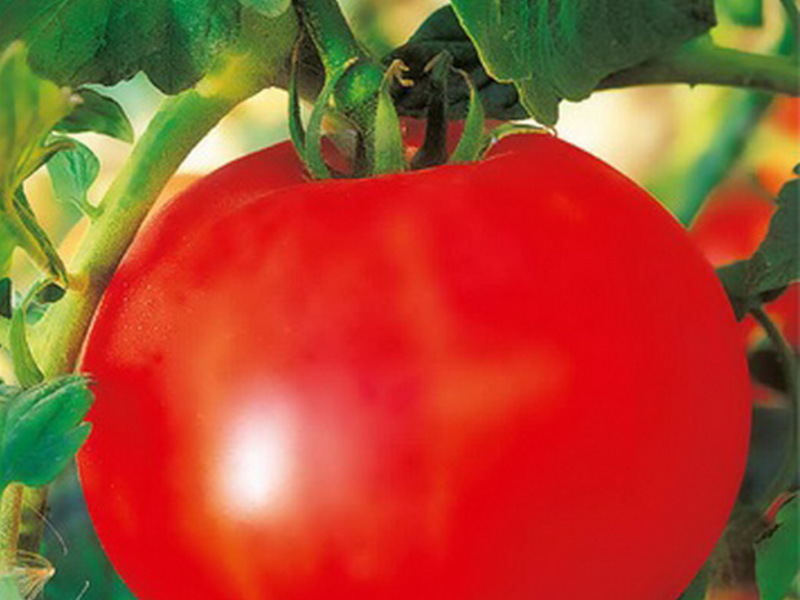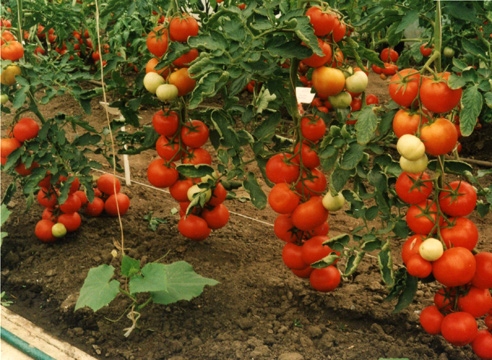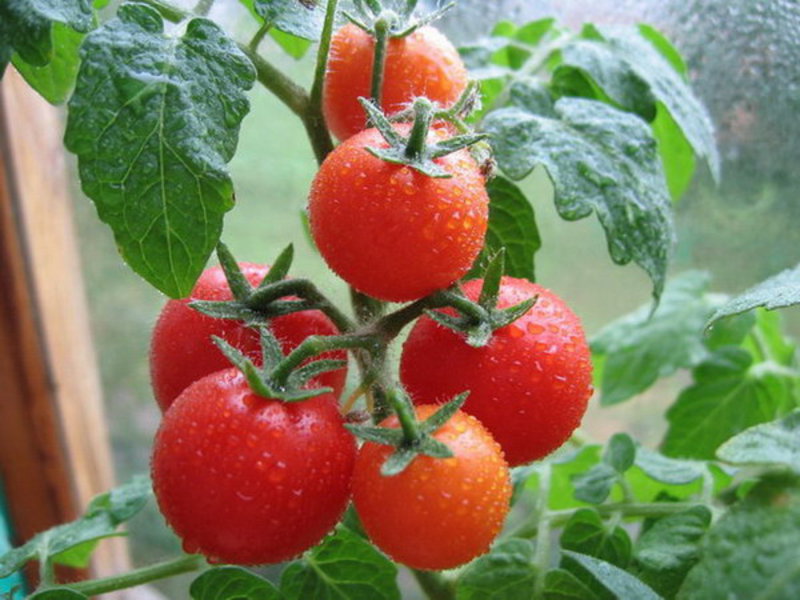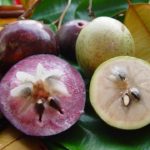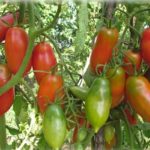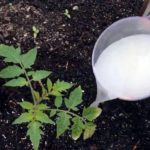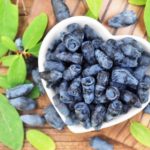Tomatoes come from the warm countries of Central and South America, but the vegetable, so beloved by the inhabitants of the middle zone, has long been adapted and is easily grown in rather unusual conditions. This happens thanks to the work of breeders, one of whose new products is the Olya f1 tomato.
Characteristics of the variety
Olya tomatoes belong to the category of early-ripening and high-yielding varieties, allowing you to get up to 25 kilograms of fruit from 1 square meter of plantings. The bush of the plant reaches a length of a meter, has a small number of leaves and little branching.
The foliage is light green and double-pinnate.The fruits ripen on the 105th day after germination in the case of an extended growing method, and when planting seedlings in the spring - on the 90th - 100th day.
Several clusters are formed on one plant, the maximum number can reach 15 pieces, while three of them can ripen together, forming beautiful clusters with tomatoes of the same size. The fruits are fleshy, medium-sized and round in shape with a diameter of 6–7 centimeters. When ripe they turn bright red. The weight of the fruit is about 130 - 140 grams. Tomatoes are well stored and transported.
The pleasant sweet and sour taste of Olga f1 tomatoes allows them to be used for making salads and other winter preparations, eaten fresh and in various dishes.
The description of the plant characterizes the advantages of the Olga tomato:
- excellent yield;
- resistance to low temperatures;
- heat tolerance;
- high resistance to diseases such as cladosporiosis, fusarium, tobacco mosaic virus, nematode;
- development in low light.
Agrotechnology
It is necessary to grow this variety of tomato through seedlings, since otherwise the plant will not have time to ripen. The soil for seedlings is prepared separately:
- 1 part sawdust;
- 1 part peat;
- 2 parts greenhouse soil.
The composition is poured with boiling water and urea solution. It is recommended to add crushed eggshells, a half-liter jar of ash and a couple of spoons of superphosphate to the mixture bucket. Then it must be mixed and poured with a hot solution of potassium permanganate, after which the soil can be used to plant seeds. It is recommended to plant the seedlings and begin hardening them a few weeks before planting, taking the plants out onto the balcony or terrace.
Sowing is done in March, and in May, after the end of frost, plants can be planted in the ground at the rate of 4 bushes per square meter. Growing is possible both in open ground and in greenhouses. During the growing process, it is necessary to fertilize, which will allow you to obtain maximum yield and treat the crop from pests.
Tomato can become infected with the following diseases:
- rot;
- late blight;
- brown spot.
Solutions of drugs such as Barrier, Zaslon, Epin and copper sulfate will help protect against these diseases.
Reviews about the variety
Alena S., Nizhnyaya Tura:
“I’ve been using Olenka tomatoes for three years now, I don’t get particularly high yields, but thanks to the good resistance of the plants, the fruits are available in any weather. The neat shape of tomatoes allows them to be used for beautiful serving, and bushes always look good in the garden, so I often plant them in the foreground.”
Evgeniy M., Satka:
“I used to grow old varieties without being interested in new ones. However, I heard reviews about this variety from a neighbor who planted it, and decided to try it myself. I studied the characteristics and description of the Olya tomato variety and started growing it. The result pleased me: caring for the plants is easy, and the yield is quite high. Neat and tasty fruits are formed, which are convenient to roll into jars and pleasant to eat straight from the bush.”
Svetlana M., Novosibirsk:
“This year I decided to try the Olya variety for the first time. I grew it in a greenhouse. I liked the high yield and the plant’s resistance to disease. However, the taste is not very good - close to store bought, there is no such pleasant aroma as the old varieties. But smooth and beautiful brushes look good, and you can brag about them.”

